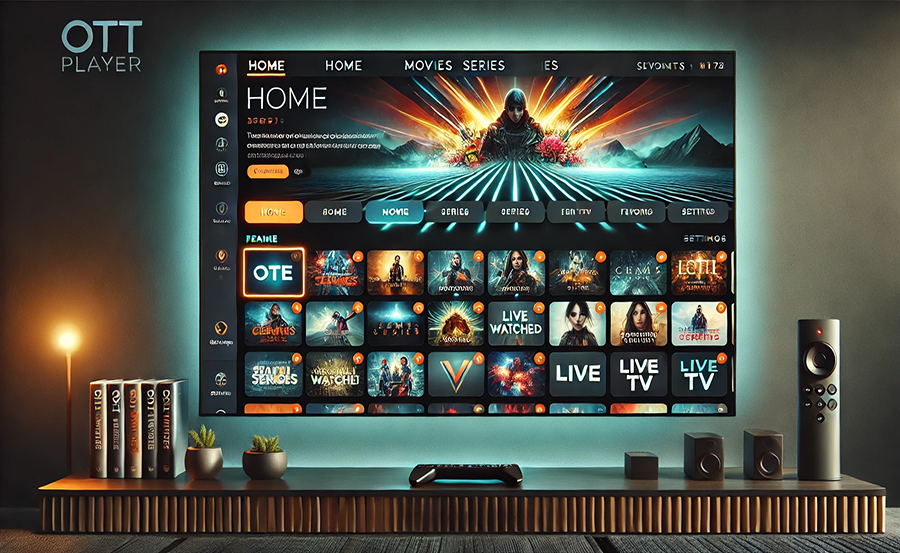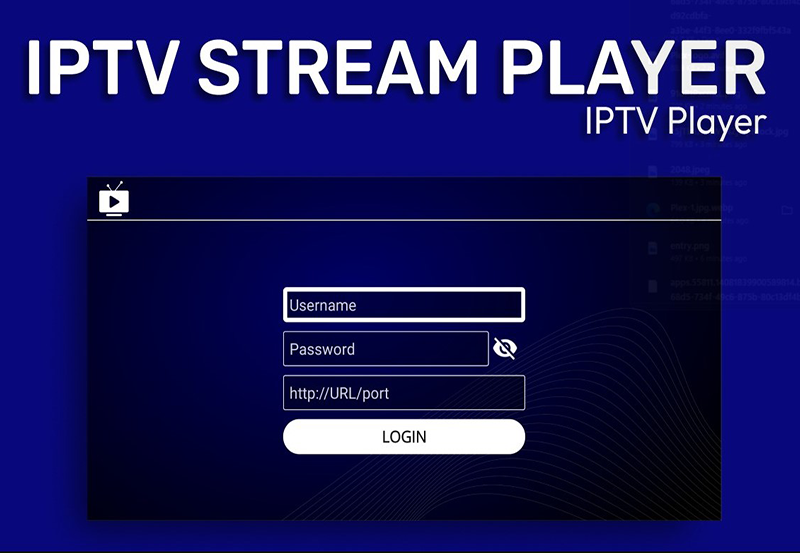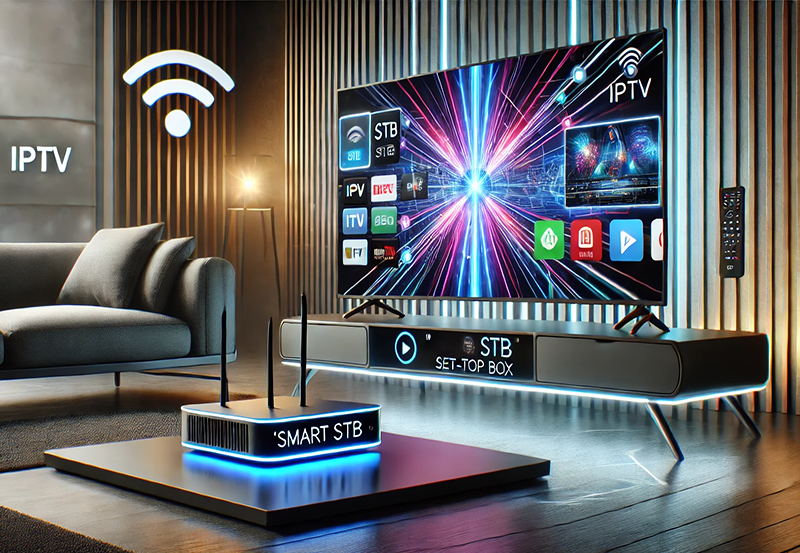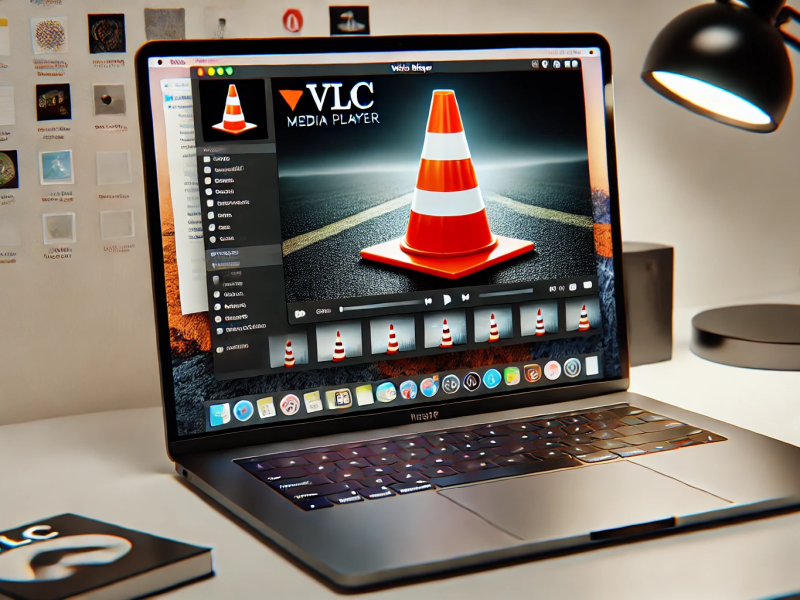In an era where content is just a click away, the choice between streaming using an OTT player or sticking to traditional methods is more relevant than ever. Understanding the nuances of each option could significantly enhance your viewing experience, particularly if you are keen on getting the best out of your streaming subscriptions. So, let’s dive into the world of streaming, measuring the pros and cons of each approach.
The Rise of OTT Platforms and Their Impact on Streaming
The term OTT or ‘Over The Top’ has become synonymous with modern streaming, offering a fresh take on how we consume media. As platforms like Netflix, Amazon Prime, and Disney+ have taken center stage, the transformation in viewing habits is undeniable. These services allow direct content consumption over the internet, bypassing traditional cable or satellite providers.
The convenience factor cannot be overstated. Users enjoy the luxury of watching what they want, when they want it, without the rigidity of scheduled programming. This shift has been a game-changer, especially for those who find conventional methods limiting.
Quick Suggestion:
Enjoy premium live TV and sports with Xtreme HD UK IPTV, the ultimate subscription for seamless streaming.
Streamlined Access to Diverse Content
OTT platforms offer a buffet of choices, ranging from the latest movies to vintage classics, not to mention exclusive shows that often become cultural phenomena. The ability to access this range without the hassle of channel surfing is a primary selling point.
Moreover, the content is often available in various languages and comes with subtitle options, internationalizing the viewing experience like never before. It’s like having a global cinema at your fingertips.
User-Friendly Interfaces
Another notable benefit is the intuitive user interfaces of OTT apps. Designed with ease in mind, these platforms guide users smoothly to their desired content. The search functionalities and personalized recommendations enhance the experience manifold. It’s pretty straightforward to navigate, even for those who consider themselves tech-challenged!
Additionally, the integration with devices such as smart TVs, tablets, and smartphones supports seamless streaming, allowing users to watch from virtually anywhere.
Conventional Streaming: Why Some Still Prefer It
Despite the rise of OTT platforms, conventional streaming methods have managed to hold their ground. There are specific benefits that these time-tested methods provide, contributing to their sustained popularity.
Quality and Reliability
Conventional methods, including cable and satellite TV, often boast superior streaming quality due to stable connections that are not dependent on internet bandwidth. For people in areas with inadequate internet infrastructure, this can mean uninterrupted viewing pleasure.
With a consistent feed that doesn’t fluctuate with connectivity issues, viewers enjoy a reliable streaming experience, surprisingly often complemented by high-definition resolutions and dynamic sound quality.
Comprehensive Packages
Package deals offered by traditional TV service providers frequently include access to a wide range of channels for a single fee. These packages can offer a less expensive overall experience for families who collectively watch different kinds of content.
Furthermore, traditional services sometimes include additional perks like free recording services and themed channels that cater to niche interests, all embedded into a singular cohesive setup.
Comparing Content Accessibility and Availability
Instant Access vs Scheduled Programming
OTT platforms have the advantage of on-demand access, meaning users can stream content instantly without waiting for a specific schedule. This flexibility allows for binge-watching marathons or squeezing in episodes during tight schedules.
Conversely, conventional methods typically follow a preset schedule, which can be a drawback for viewers with irregular availability. However, scheduled programming sometimes adds anticipation and communal viewing experiences for popular shows.
Exclusive Content and Licensing
OTT players often secure exclusive rights to popular series and movies, drawing audiences who seek unique audiovisual experiences. These exclusives can be a significant factor in a viewer’s decision to subscribe.
Traditional services rely heavily on syndicated content and may not have the same level of autonomy in offering brand-new shows, though they do encompass a solid selection of classic and widely syndicated programs still beloved by many.
Future Prospects: Where is Streaming Headed?
Technological Advancements
The future of streaming likely involves a hybrid model combining the best of OTT and traditional methods. The evolution toward higher-resolution content, such as 4K and 8K streaming, is already underway. As internet infrastructures worldwide improve, OTT platforms are set to reach new heights of quality and consistency.
Simultaneously, traditional methods are increasingly embracing internet connectivity to offer on-demand services, merging the two worlds further. It’s an exciting convergence bound to benefit the end-user dramatically.
Personalized Experience
As AI and machine learning evolve, the personalization of content suggestions is expected to reach unprecedented levels. These technologies promise to refine the viewing experience by tailoring content choices to individual viewer’s tastes with surprising accuracy.
Ultimately, the aim is to create a bespoke entertainment experience for each viewer, merging the accessibility of OTT platforms with the broad coverage of traditional methods, resulting in the ultimate content-rich ecosystem.
Conclusion: Personal Preferences and Practicality
The choice between using an OTT player or conventional streaming methods largely boils down to individual preferences regarding content availability, quality, and cost. While OTT platforms undoubtedly offer a vast array of choices and unmatched convenience, traditional methods bring the trusted reliability and established infrastructure that some viewers still prefer.
As both systems continue to evolve, understanding your specific needs will help in choosing the most suitable option. Whether you decide to amplify your IPTV enjoyment effortlessly or find solace in conventional setups, the key lies in what complements your lifestyle and viewing habits best.
Frequently Asked Questions on Streaming Yourself

What are the top IPTV subscriptions for superior streaming quality?
Top IPTV subscriptions offering superior streaming quality include services like Hulu Live TV, Sling TV, and YouTube TV. These platforms are known for reliable streaming performance combined with an extensive catalog of content.
Is it challenging to switch from conventional TV to an OTT player?
Switching from conventional TV to an OTT player is generally straightforward, especially with a good internet connection. Most OTT platforms offer user-friendly apps that guide new users through their features seamlessly.
Which is the best IPTV for streaming movies exclusively?
For movie enthusiasts, FuboTV and Showtime offer exceptional movie packages. They provide access to a broad range of film genres and are regarded as among the best IPTV options for movie streaming.
How can I amplify my IPTV enjoyment effortlessly?
To amplify your IPTV enjoyment effortlessly, consider investing in a potent streaming device and ensuring you have a robust internet connection. Also, customize your recommendations, and explore content categories you wouldn’t typically consider for a richer experience.
Do OTT platforms cost more than traditional TV?
OTT platform costs can vary widely based on subscription tiers and additional content add-ons. However, they often provide more flexible pricing than traditional TV packages, which might require you to pay for channels you wouldn’t normally watch.
Expert Solutions for Resolving IPTV Audio Sync Challenges





